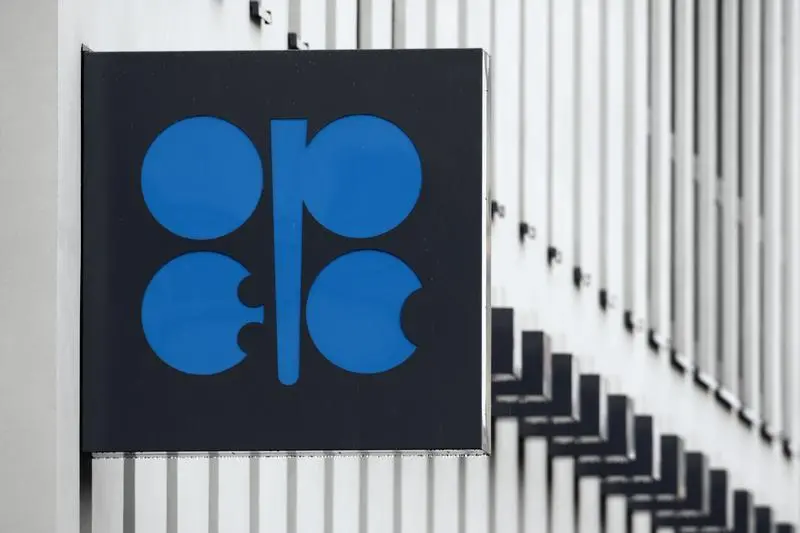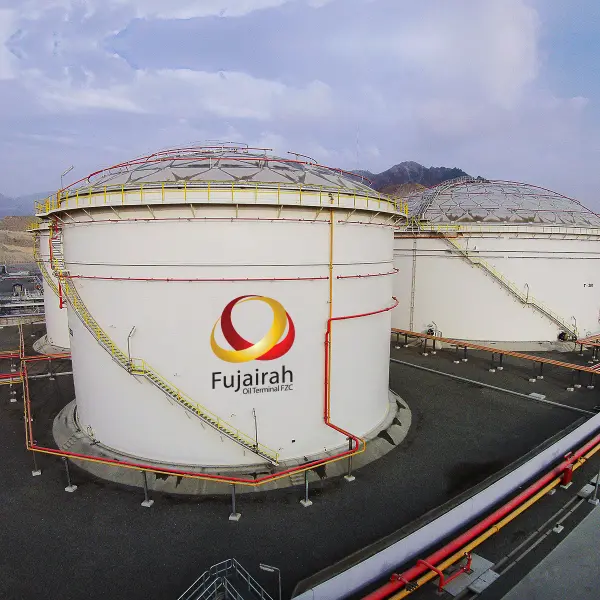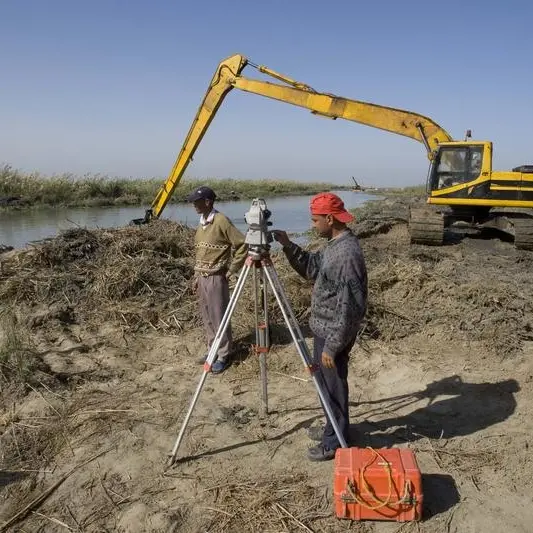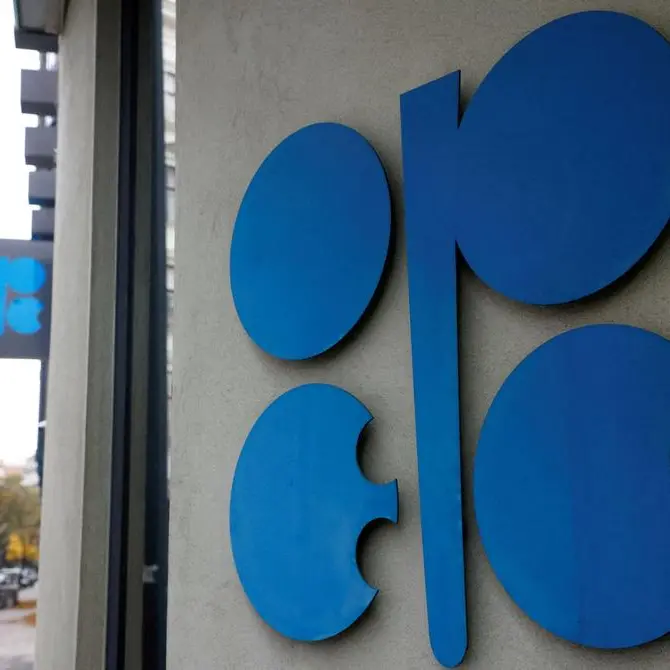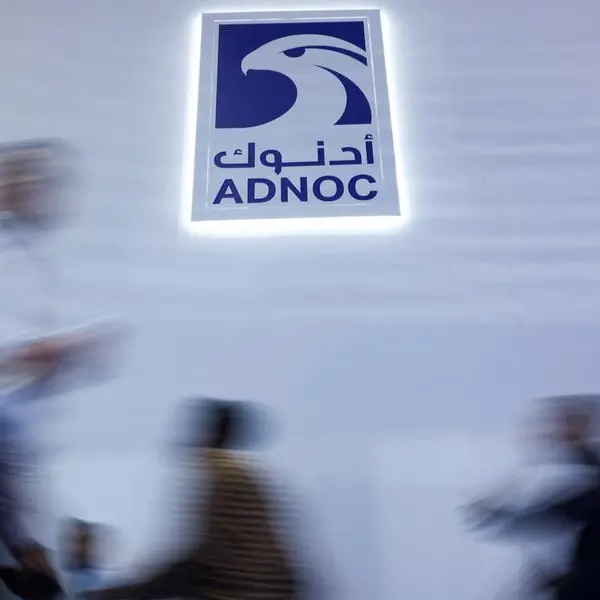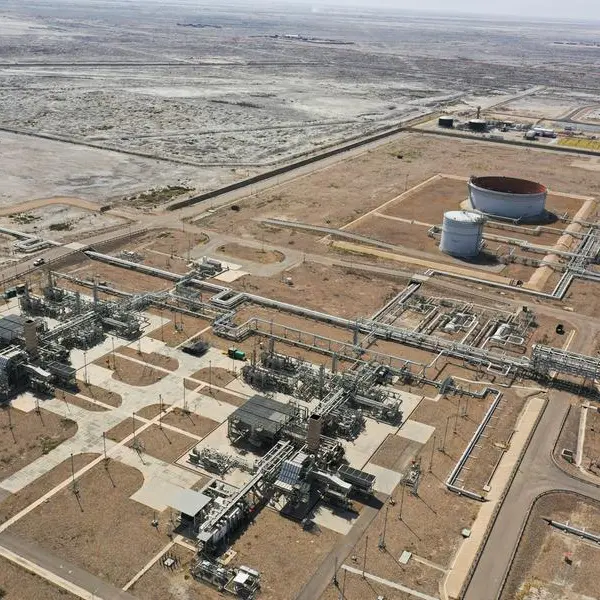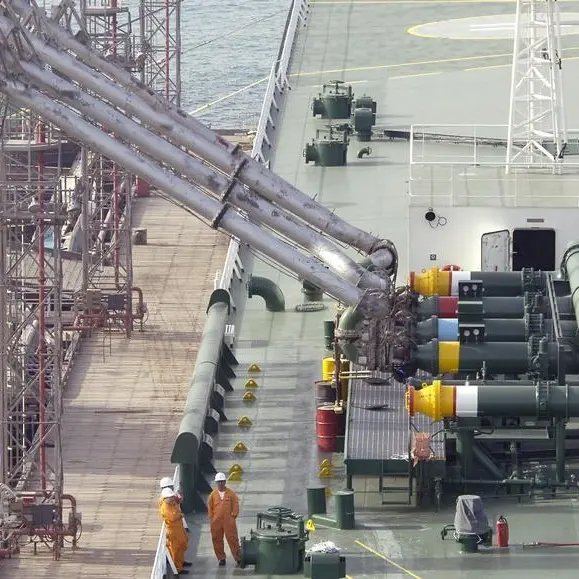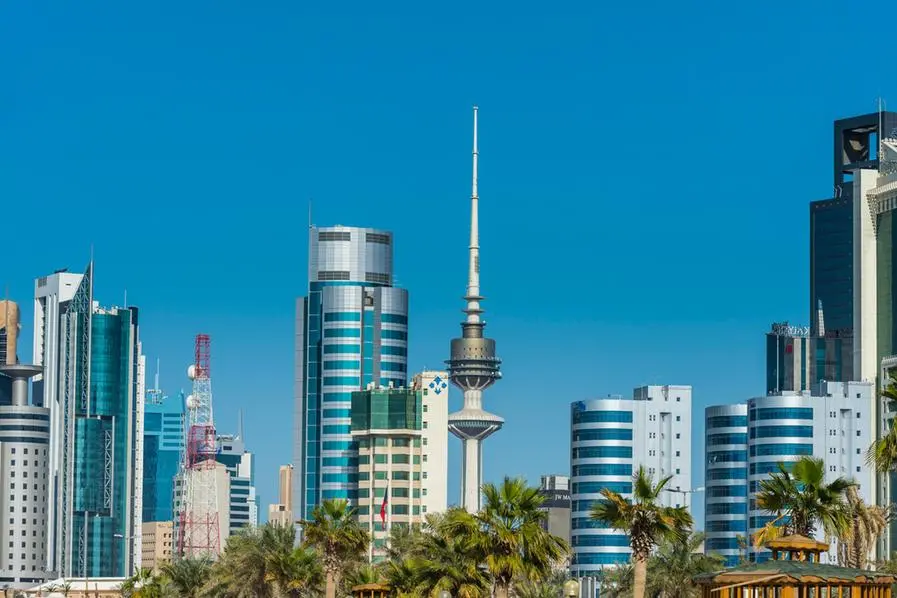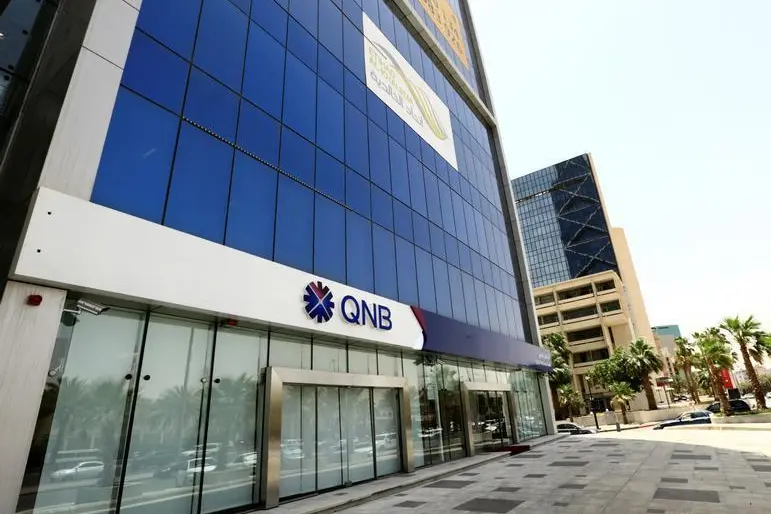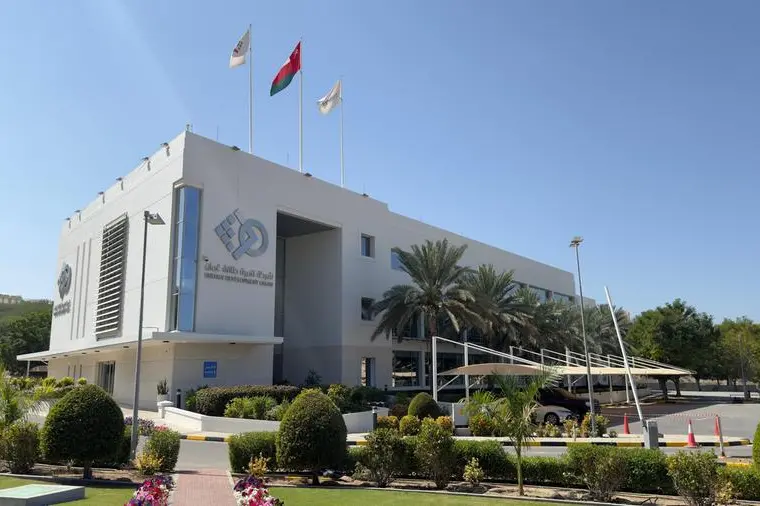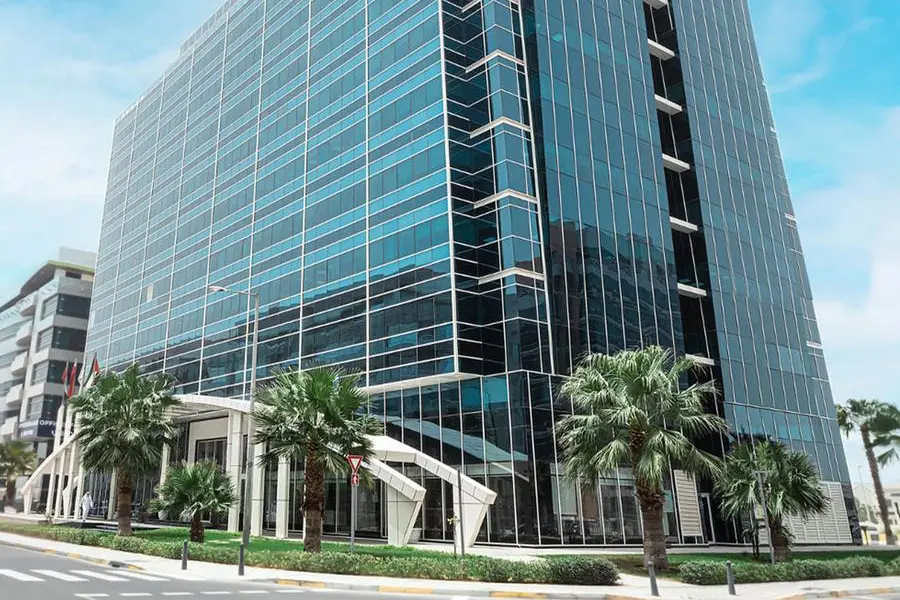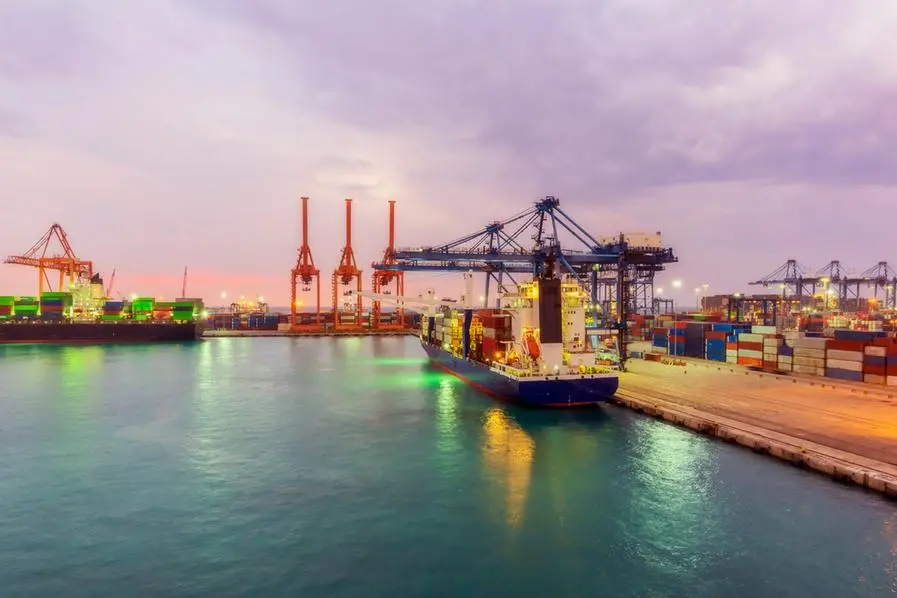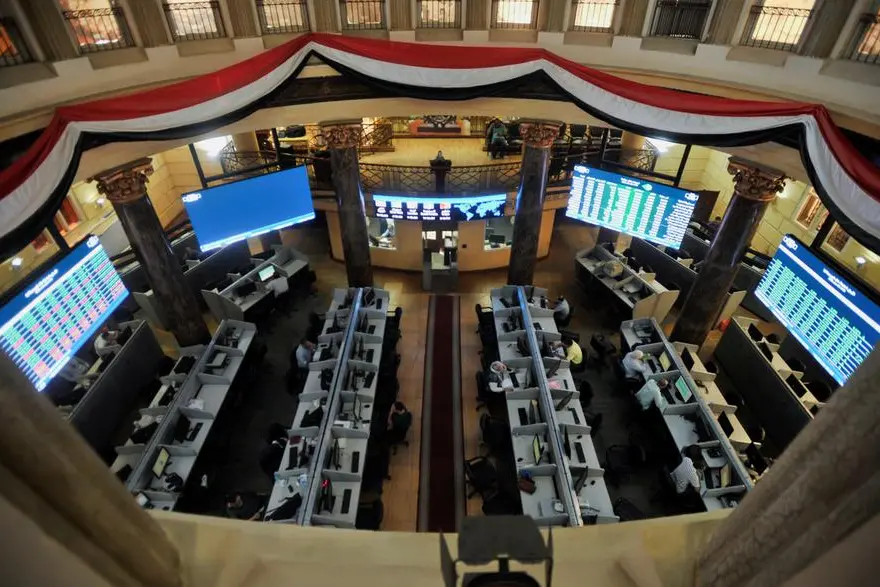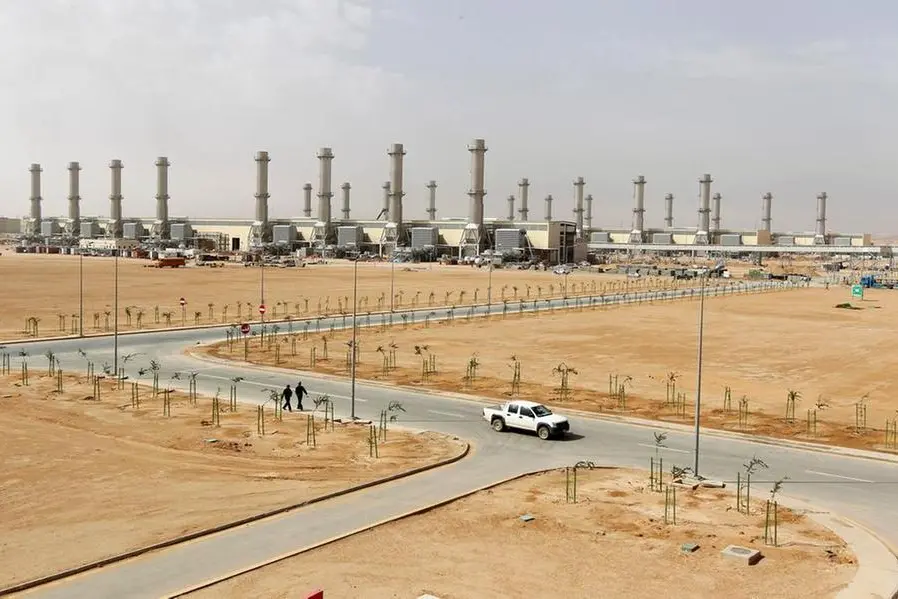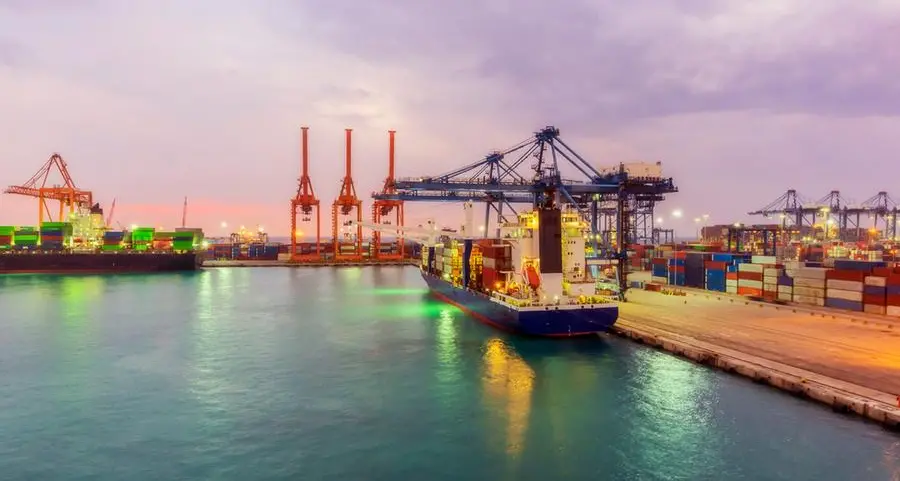PHOTO
This week’s meeting of Opec and its allies will be crucial in defining oil market dynamics since the current production cut accord that has been in place for years will be fully rewound as of August end, allowing members the choice to raise their output.
While the Opec+ Joint Technical Committee meeting will be held on Tuesday, the Ministerial Monitoring Committee meeting will be held immediately post this, with the outcome expected by Thursday. WTI prices are taking support and resistance at $95 & $ 102 levels. Brent support and resistance are seen at $103.50 & $ 112 levels, says Vijay Valecha, chief investment officer, Century Financial.
Saudi officials have stressed that any decision to pump more oil will be taken within the framework of Opec +, which will hold its next meeting on August 3.
“We listen to our partners and friends from all over the world, especially the consuming countries,” Saudi Foreign Minister Prince Faisal bin Farhan has said. “But in the end we will follow market conditions and will provide energy as needed.”
However, some analysts believe that it would be difficult for Opec+ to boost supply, given that many producers are already struggling to meet production quotas. The Opec+ group produced almost three million barrels per day less crude than foreseen by its quotas in June as sanctions on some members and low investment by others crippled its ability to ease the world’s energy crisis.
From September onwards, although every Opec+ member will be free to raise production, it is most likely the group would consider keeping output unchanged for September when it meets, despite calls from the United States for more supply, although a modest output increase is also likely to be discussed.
The meeting this week will take place as the Organisation of the Petroleum Exporting Countries continues to project strengthening oil demand growth for the rest of this year, providing the producer bloc and its allies support to keep increasing supplies as many countries seek alternatives to Russian fuel after its invasion of Ukraine.
In its first forecast for 2023, Opec sees demand rising another 2.7 million barrels per day to 102.99 million barrels per day for the year, with the 100 million barrels per day mark exceeding throughout the year. Opec's analysts kept 2022 oil demand at 100.29 million barrels per day, up 3.36 million barrels per day from 2021, in the organization's closely watched monthly oil market report released July 12.
Opec's demand forecast for 2023 is more optimistic than that of the International Energy Agency, another closely watched forecaster, as well as initial views from the group delegates calling for a steeper slowdown due to high prices.
The 2023 forecasts assume there will be no escalation of the war in Ukraine and that risks such as inflation do not take a heavy toll on global economic growth, Opec said.
Oil use has rebounded from the pandemic-induced slump in 2020 and is set to exceed 2019 levels this year. The outlook for 2023 suggests a strain on supplies could persist as growth in non-Opec output, which has been hit by Russian losses, is expected to lag the rise in demand.
"In 2023 expectations for healthy global economic growth amidst improvements in geopolitical developments, combined with expected improvements in the containment of Covid-19 in China, are expected to boost consumption of oil," Opec said in the report.
Opec expects non-Opec supply to rise by 1.7 million bpd, lagging demand growth and a slowdown from 2022. As a result, Opec forecast the world will need 30.1 million bpd in 2023 from its members to balance the market, up 900,000bpd from 2022.
Copyright © 2022 Khaleej Times. All Rights Reserved. Provided by SyndiGate Media Inc. (Syndigate.info).
